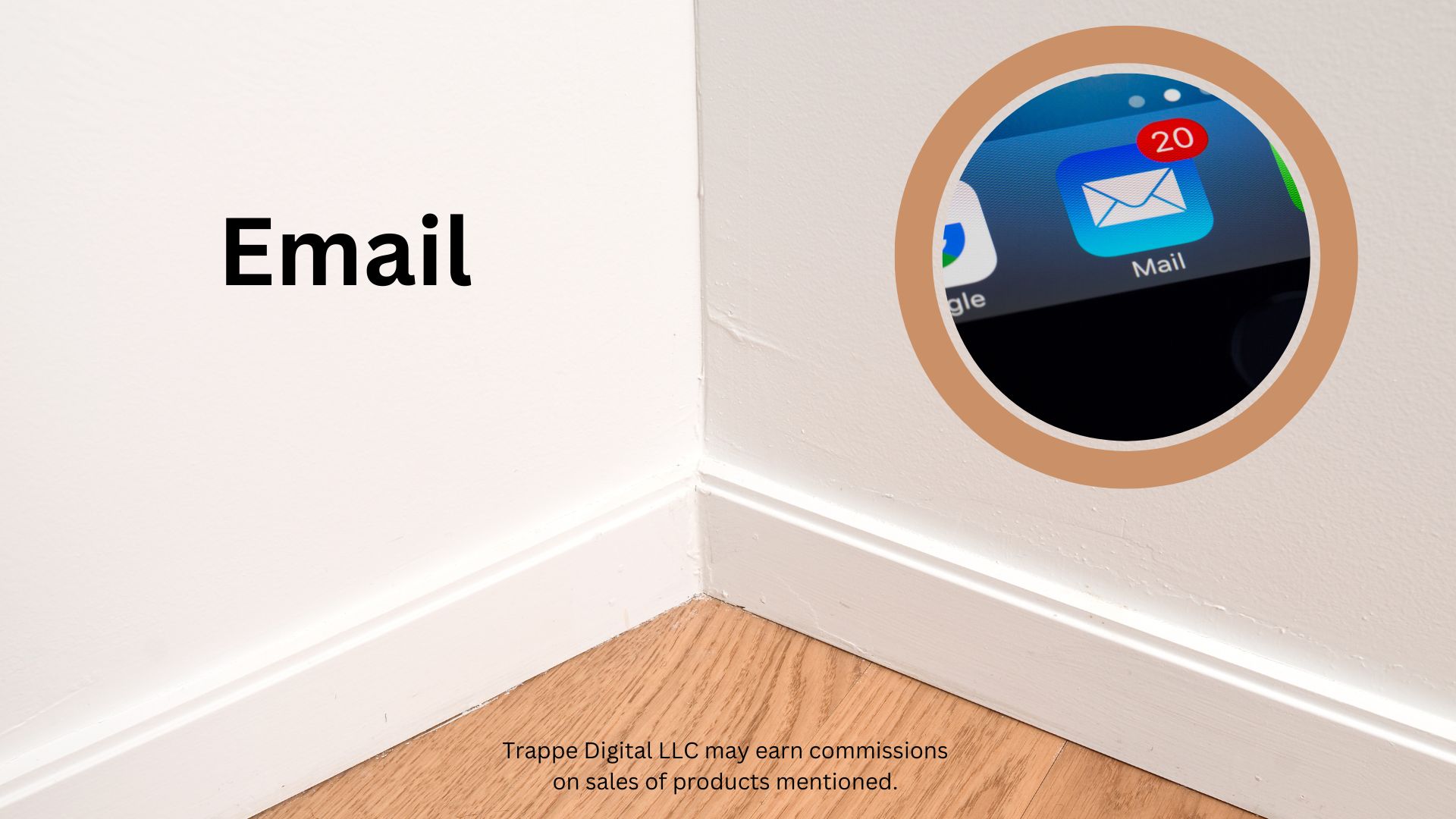Trappe Digital LLC may earn commission from product clicks and purchases. Rest assured, opinions are mine or of the article’s author.
One way to step up your email subject lines is by using email subject line generators to get more and perhaps even better ideas.
After all, email subject lines are critical for getting your messages opened and read. But often, marketers spend only seconds coming up with a subject line, preferring to focus efforts on crafting the body copy and creatives. As subject line expert Jay Schwedelson notes on “The Business Storytelling Show,” “If the email doesn’t get opened, who cares what’s in the email? Who cares about your content, copy, or offer if nobody’s going to see it?” This results in missed opportunities, as weak subject lines lead to fewer opens.
Elements of An Effective Subject Line
Good email subject lines grab attention and convey urgency around taking action. Here are key elements to include:
- Personalization
- Numbers
- Urgency
- Exclusivity
And, of course, relevancy to the recipient.
Why Subject Lines Matter
With inboxes flooded and attention spans shrinking, subject lines make or break whether your email gets read. Sixty-four percent of people open or delete an email based on the subject line. Furthermore, personalized subject lines see higher open rates.
A 10% increase in open rates can significantly boost clicks, conversion rates, and revenue down the funnel on top of softer metrics like brand awareness and engagement.
Why are subject lines deprioritized in the process?
It probably comes back to one of two common reasons:
- A legacy workflow that separates writing from headlines
- It’s easy to overlook subject lines until the last minute. Afterall, writing and designing take time!
For example, writers craft articles first, and then editors draft headlines. It’s easy to get stuck in these outdated workflows. Project requests may overlook the subject by focusing only on “copy and creative.” This causes subject lines to be written hastily right before launch.
Using Subject Line Generators
Subject line generators leverage best practices to create options for your consideration. Rather than manually writing dozens of headlines, start by plugging in your current draft or the topic or copy of the email into a generator tool. Then, create your own optimized version using the auto-generated lines as inspiration.
Some subject line generators for you to try:
Mailmodo
Mailmodo asks you what the email is about and then creates subject lines from there. You ca also choose:
- Tone
- Intent
- Capitalization style
- Use of emojis
- Personalization
From there, it gives you subject line and preheader ideas.
Hoppy Copy
You do have to log in and then scroll down to find the email subject line generator in the array of offerings. Once in it, just copy the body of your email into it.
I used the email copy I use to invite podcast guests, and here are the suggested subject lines:
Storylab
Storylab’s email subject line generator asks you for the type of email, an overview of what it’s about and then runs options.
There’s a wide variety of types of emails that you can generate subject lines for here.
Storylab then gives me several ideas.
So those are some options to get subject line ideas basically from scratch. And what if you already have a subject line you like? Run it through a grader.
Read next: 9 ways to write content faster
Then what are email subject line graders?
Email subject line graders allow you to input your subject line and score it against best practices, including:
- Character length
- Use of numerals
- Presence of power words
- Personalization
- Spam triggers
- Curiosity and urgency provoking words
And they give an overall grade or score typically on a scale of 100 points.
Subjectline.com
Simply paste in your subject line and it’ll tell you what’s good and what could be improved.
Start by writing a few draft subject lines as usual, drawing on your content for inspiration. Then run them through graders to pinpoint areas for optimization. The grades and issues identified will give you objective insight for refinements to boost open rates.
I suppose you could also take your emails created in a generator and then test them in a grader for further refinement.
Are Email Subject Line Generators Worth It?
Yes, leveraging a subject line generator is well worth the investment. Here are key reasons they deliver value:
- Helps you precisely apply industry best practices for openings. The tools have studied the data on high-performing headlines.
- Easy collaboration. Share generator suggestions with colleagues to pick the best options.
Aligning with Brand Voice
No matter which generators or graders you use, make sure to review the subject line suggestions against your brand voice and tone standards. While the tools provide a starting point for optimization, the language still needs to authentically align with how you communicate with your audience. Tweak phrasing if necessary to infuse the essence of your brand into the headlines.
Read next: How to use a company style guide in your marketing and content
Conclusion
Catchy, effective email subject lines are crucial for email success, yet often treated as an afterthought. Prioritizing headline writing and using subject line generators and graders strategically gives the lift needed to connect with audiences. Remember to focus on urgency, exclusivity and concise messaging that creates relevance and curiosity.










